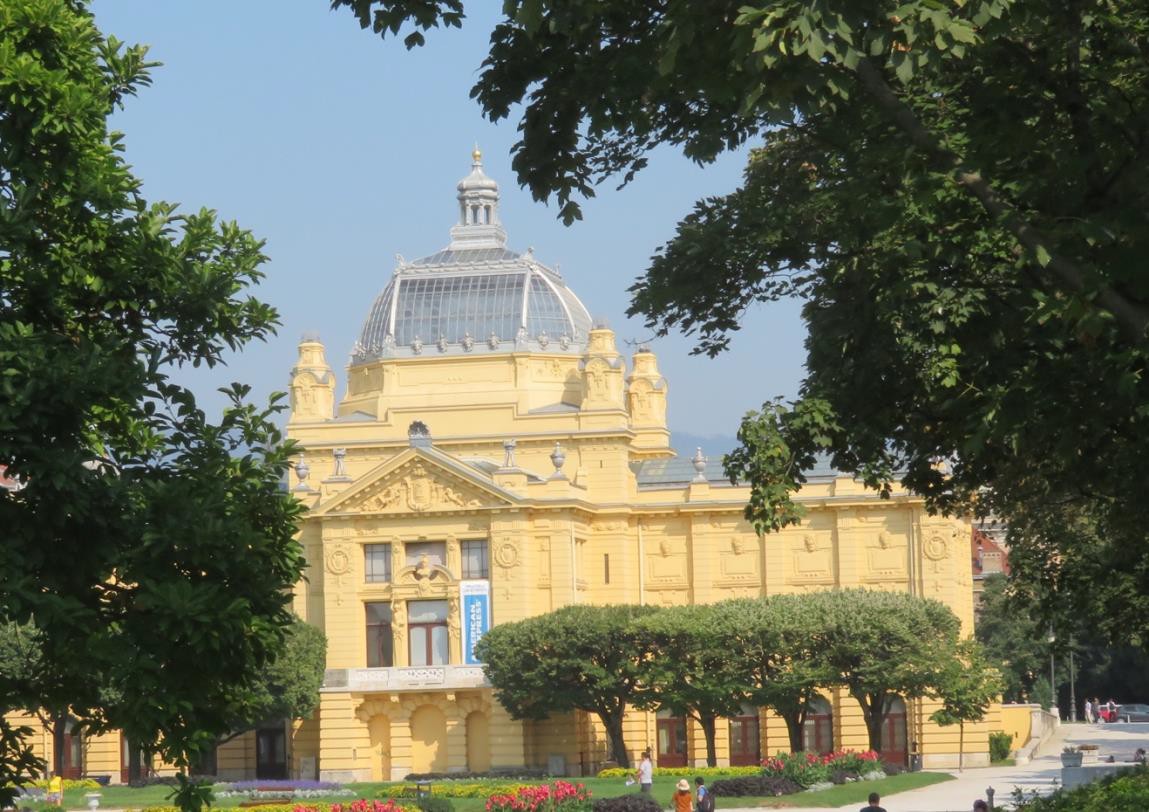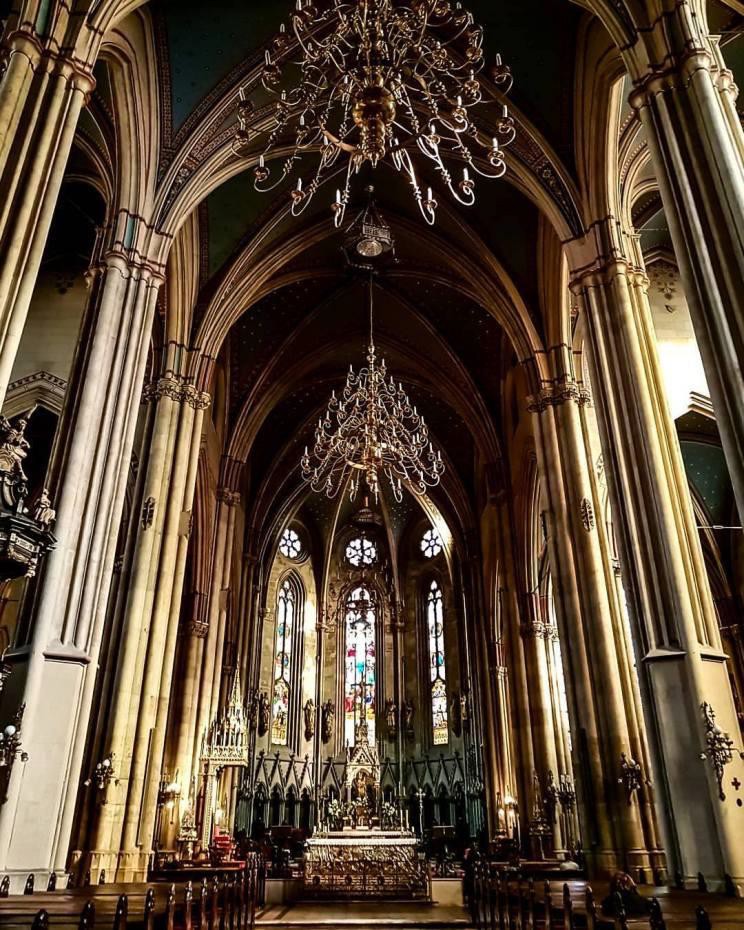Trains in Europe can be extremely scenic and comfortable, especially when traveling through the Alps. My first connection out of Geneva took me to Zurich where there was a night train to Zagreb, Croatia. There’s usually a prescient moment, a small act or a few words that foreshadow a change in circumstance. As I boarded the night train, the car attendant took my ticket and said, “you must get off in Villach”. That was the extent of his English so there was brief German conversation which ended with “Sie müssen in Villach aussteigen”.
At 5:45 AM, we were in Villach, an Austrian city near the border of Slovenia and Italy. The small train station was a bit tired looking. My high school German helped me find the bus and a early morning coffee. There were a few people from the night train, however the majority of the passengers were large, chain smoking Slavs. The bus stopped once an hour for “smoke breaks”.
The bus took me to a train station in Ljubljana. The train car was a recycled soviet era third class passenger car. My seat mates were two girls from Finland. The chain smoking Slavs gathered around the open window and continued smoking. There was a toilet but it hadn’t been functional since the Berlin Wall fell. The three hours passed without incident and at last, I was in Zagreb.

Zagreb was a grand imperial city that is weary and old. I walked the 2.5 km from the train station to the hotel past stately buildings weighed down with years of turmoil, marginal maintenance and graffiti. The city photographs better than it feels.
There was an upside. After a week in Switzerland, the prices were a welcome change. A glass of white wine in Zagreb costs a bit more than $1 USD.
The old town is interesting. The cathedral is the focal point and it is the largest gothic style church in the southeastern Alps. the dual spires are visible from most spots in the city. It was severely damaged in an 1880 earthquake. The chandeliers in the apse are from the Las Vegas Gold Coast Casino. In 2001, the casino was being refurbished. A Croatian employee of the casino requested the old chandeliers be donated to the church.

The architecture of the town is a mixture of Austria Hungarian and soviet style utilitarian. There are lovely parks and a few new modern buildings, like the music academy.

From Zagreb, we traveled to Plitvice National Park. The nearly 300 sq km forest preserve has a chain of 16 terraced lakes joined by waterfalls. It’s quite hilly with dense foliage and fauna. The rock is dolomite and limestone. The limestone lower lakes are beautiful with water that can appear azure to turquoise. When the water is warm, calcite comes out of solution and forms microscopic crystals giving the water a milky white color.
This beautiful nature area was once home to small factories. In the late 1800’s, a Croatian opera star donated money from her concerts
to help preserve the park and build pathways to protect the delicate landscape. A waterfall has been named in her honor.


The park is quite popular and the Croats have done a good job of regulating the pedestrian traffic through the park. It’s not unusual to have over 20,000 visitors a day. There are 8 different routes through the park. Many combine hiking with a 15 minute boat ride. The longest trail is 18 km and winds through the upper and lower lakes. We traveled through the valley on 5 km walk.
History
Croatia has had a long and interesting history. It sits on the Adriatic coast but the area is typically known as the Dalmatian coast. An Illyrian tribe, the Dalmatae, lived in the area, prior to the 6th century BC. The Roman period of rule ended in the 7th century and the next historically agreed
upon date is the establishment of the kingdom of Croatia in 925 AD. Hungary claimed the Croatian kingdom in 1102.
The Dalmatian Coast and Croatia would be a pawn in the Mediterranean and European game of thrones. Venice laid claim to part of the coast and there were repeated Turkish incursions. Croatia was part of the Austrian Hapsburg empire from 1527 to 1918. However during this time, the Ottomans periodically held much of the territory. Croatia was a buffer state with new boundaries and allegiances on a regular basis.
In 1918, Croatia became part of the Kingdom of Slovenes, Croats and Serbs. In 1921, a new constitution eliminated historical and political regions, including Slovenia and Croatia. Power was centralized in Belgrade and the vision from Belgrade was the creation of a Greater Serbia. The seeds of future conflicts were planted during this period.
During a parliamentary session in 1928, the leader of the Croatian Peasant party was killed by a deputy of the Serbian Radical People’s Party. In 1929, King Aleksandar proclaimed a dictatorship and imposed a new constitution and renamed the country the Kingdom of Yugoslavia. Later that year, a pro-Yugoslav editor was murdered by a Croat. The murder was the pretext for a descent into madness and the growth of brutal, radical factions throughout the region. The Ustaša were a Croatian fascist, racist and ultra nationalistic group which facilitated the creation of the independent State of Croatia in 1941. The Ustasa were responsible for the murder and torture of 300,000 to 750,000 people, primarily Serbs, Romas and Jews.
WWII ends and so does the State of Croatia. It’s now part of Socialist Yugoslavia. The arrangement will last until ten years after Tito’s death. On June 25, 1991, Croatia declared independence from Yugoslavia.
My story ends here for now. But there are many more layers to uncover.